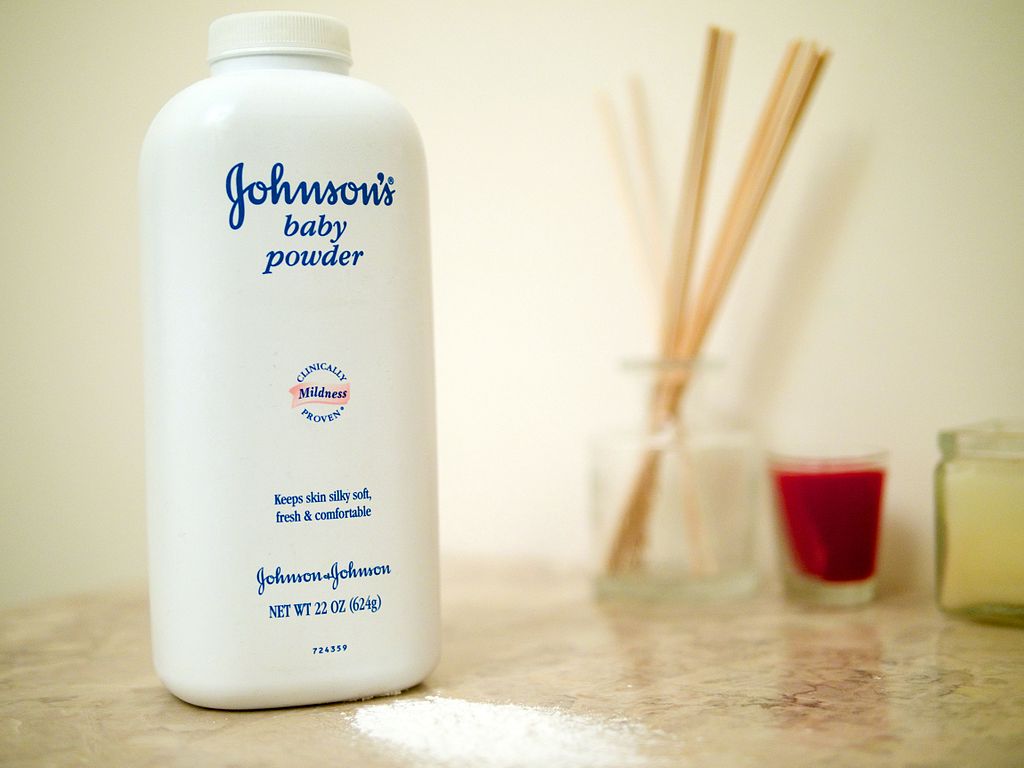 News
NewsThe US Food and Drug Administration (FDA) held a hearing on Tuesday about testing methods for finding asbestos in talc and cosmetic products containing talc. This is the first hearing about asbestos in talc since 1971.
The meeting was convened to discuss methods and criteria for testing for asbestos. The meeting focused on the recommendations laid out in the preliminary report by an interagency working group. The working group was organized in 2018 in response to reports that asbestos, a highly carcinogenic material, had been found in talc products.
The FDA has provided no oversight regarding asbestos in talc and has never issued regulations requiring testing, instead allowing the cosmetics industry to regulate itself. However, talc and asbestos are similar minerals often found together and as the report notes, “Removal of asbestos by purification of talc ores is extremely difficult.” The report also noted that the problem is compounded by the fact that in the milling process, other contaminants in the talc are ground down into what are known as elongated mineral particles (EMPs) that are functionally identical to asbestos. These EMPs have “similar pathological outcomes” to asbestos, as they are equally susceptible to inhalation in the same way that asbestos is.
The working group’s most significant recommendation was that all EMPs, whether asbestos or not, be classified as potentially harmful, because they can cause the same kinds of cancers if they become lodged in the lungs, and that any new testing regime include these non-asbestos EMPs in their criteria. Mark Pollak of the Personal Care Products Council, an industry trade group, rejected that recommendation as unscientific and said, “The key to effective testing is identification of asbestos, not harmless minerals.”
Government and public interest has been heightened following a series of court cases brought against Johnson and Johnson in which it was alleged that their talcum powder gave plaintiffs mesothelioma, a kind of lung cancer often caused by asbestos.

